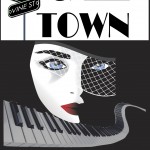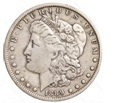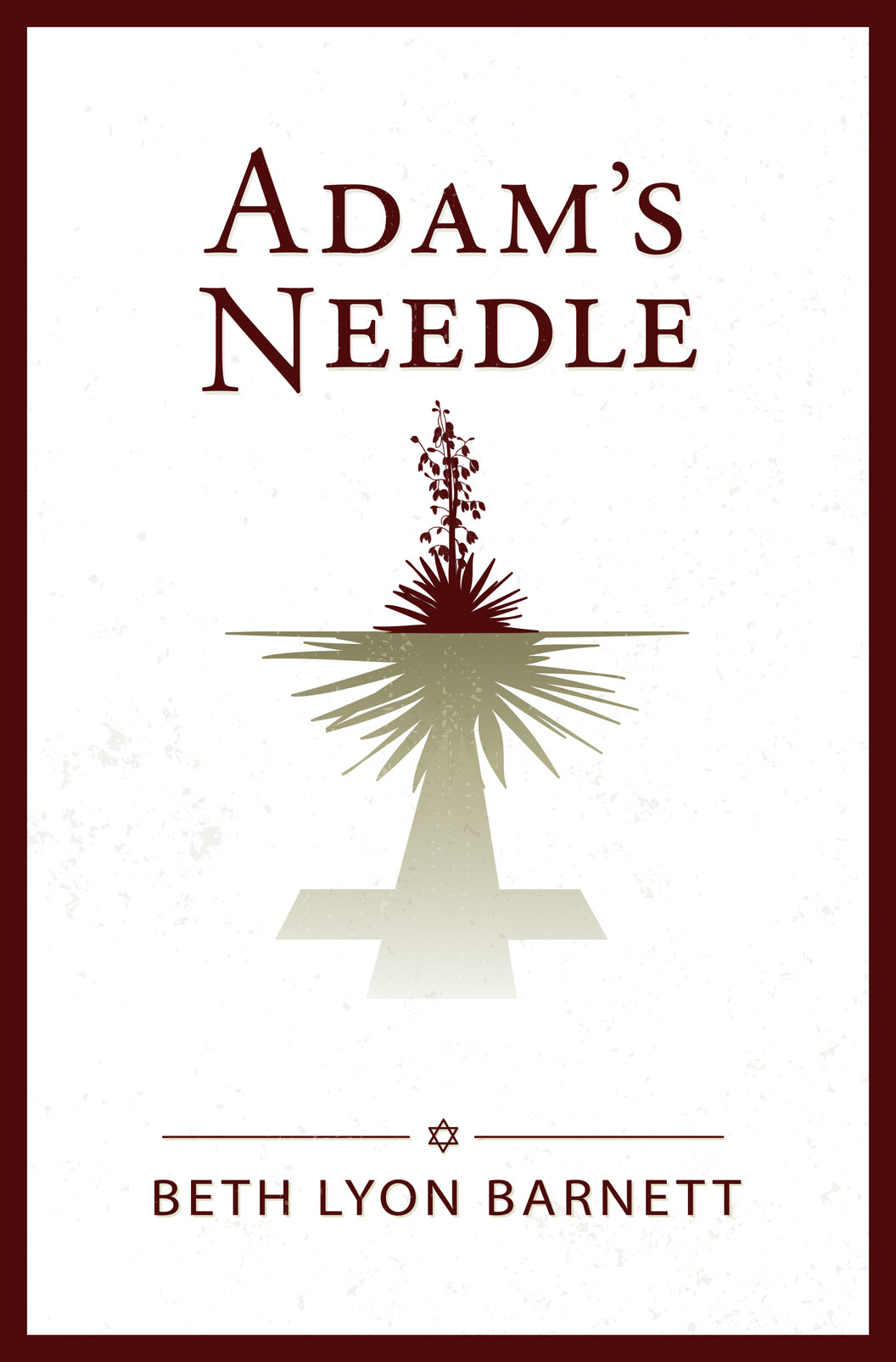RED NICHOLS AND HIS FIVE PENNIES
“Actually, I believe that music, like every other art form, must change with the times.”
That was the philosophy of bandleader Red Nichols. Born in 1905, his father taught him to play coronet and trumpet. By age four, Red was already marching in parades. In his teens, he began hanging out with a rough bunch. Worried about his future, his father sent him to Culver Military School, but he was kicked out a year later for smoking. At twenty-three, Red Nichols joined a band and made his first recording, Toot, Toot, Tootsie. A few years later, he formed his own band, and a drummer friend suggest the name, Red Nichols and his Five Pennies. They became so famous that Danny Kaye stared as Red (actual solos provided by Red) in the movie, Five Pennies, made in 1954 by Paramount Pictures. I’ve heard it said that Red Nichols made more Jazz recordings than any other player in history.
THE SAXOPHONE
![]()
More than 150 years ago, Antoine-Joseph Sax combined the body of a brass horn to the mouthpiece of a woodwind thereby inventing an instrument he named after himself, the saxophone.
Fletcher Henderson, called the Colored King of Jazz, brought his band to the Kansas City’s Pla-Mor Ballroom on 31st. and Main in 1929. Coleman Hawkins, who’d been born in St. Joseph Missouri, joined Fletcher Henderson’s band and no doubt played in the band at the Pla-Mor engagement. Hawkins, also known as Bean and Hawk, went on to become one of the best saxophone players in history.
American Jazz Museum—A Kansas City Jewel
Our American Jazz Museum at 18th and Vine is in financial trouble. We mustn’t let anything happen to this premier site. It is a big, colorful building full of history, exhibits, learning, and live music. Plan to visit Twenty Years of the Museum, As the Legacy Lives On, from the opening reception on June 24th to June 30th, days filled with Venues and performances dedicated to the advancement of the art form and growing the jazz audience.
Kansas City history lives on through the Singing Bartender, Big ( 6′ 2″, 300 pound) Joe Turner. Born in Kansas City in 1911, he managed to survive a difficult childhood by singing in the streets for pennies. He got a job cooking and later bartending and singing in the K.C. jazz district where he became known as a blues shouter, someone who’s voice could be heard over a band without a microphone. Early in his career, he and a pianist named Pete Johnson entertained at The Sunset and the Kingfish Club. The Sunset was noted for “separate but equal” facilities for white patrons. Known as The Singing Bartenter, Joe wrote Piney Brown Blues to honor his friend who managed The Sunset. Years later he famously recorded the Rock’ n’ Roll favorite, “Shake, Rattle, & Roll.”
Jazz in Early Kansas City The Reno Club
In 1935, The Reno Club was a speakeasy off Twelfth Street with a bar, a bandstand, and chorus girls who might have doubled as prostitutes.
Marijuana cigarettes cost 5 cents apiece
Domestic scotch—10 cents
Imported scotch and other liquors—15 cents
Beer—a nickel
Drinks served at the table—a quarter
and
No cover——No minimum
William James “Count” Basie was at the piano. He worked from eight at night until four in the morning for eighteen dollars a week. That year, Basie formed his first band, and it became fifteen- year-old Charlie Parker’s favorite place. He came often to hear the band play and listen to Lester Young on the horn.
OLD TIME JAZZ AND KANSAS CITY
After my novel, JAZZ TOWN, was published, readers wrote requesting additional information about the early days of jazz in Kansas City. Over the next few weeks, I’ll be telling some more of the interesting facts I discovered.
For instance, before it burned down in 1878, Bucket of Blood Saloon occupied the ground floor of the Coates Hotel on Kersey Coates Drive. Formerly a stable, customers could get a bath for 10 cents, a drink for one bit (12 ½ cents) or two drinks for two bits. It was a good place to find ladies of the evening and a room for 2 bucks. Twenty people died in the fire jumping from upper floors. It remains the worst hotel fire in Kansas City history.
Watch here for more facts about jazz and Kansas City. Add your own. I’ll post them, too.



